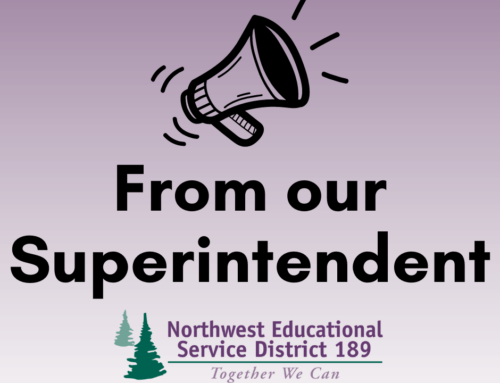As educators, we understand that a certain amount of risk-taking is a normal part of adolescent development. The desire to try new things and become more independent is healthy, but it may also increase teens’ tendencies to experiment with drugs and alcohol. Because the teenage brain is still developing, substance use at this age has more potential to disrupt brain function in areas critical to memory, learning, judgment, and behavior control. You might ask, how can we help our students?
We can help by addressing concerning behavior before it becomes a significant problem. But that requires awareness; this is the goal of prevention work. Educators often spend more waking hours with children than their parents, putting them in a position where they may be the first ones to spot a problem. You may think that it is challenging for a teacher to educate as well as try and discern the root cause of a student’s problem. This is true. It is also true that staff should not be expected to become experts in diagnosis.
However, this crossroad is exactly where Student Assistance Professionals (SAPs) come in! Staff can support students with appropriate referrals to SAPs through behavioral observations and formative assessments in and outside of the classroom, that may indicate the likelihood of potential substance use or abuse.
Below are a few of the warning signs to look for:
As with many of the possible signs and symptoms already mentioned, the potential for substance use and emotional dysregulation are sometimes intertwined. Students who suffer from emotional dysregulation have a hard time coping with their emotions in a healthy or productive way and these overwhelming emotions can also lead to substance use. Specific symptoms to watch for include extreme emotions, inability to identify emotional cues, tendency to focus on the negative, struggle to control their attention, impulsivity, and inability to calm down once agitated.
Through awareness, education, and prevention programs we can address student problems and offer support before they become major life obstacles. Referring a student to your school’s Student Assistance Professional ensures that students will have access to the appropriate adult support they need to address any substance use in their lives and create positive experiences. Not only will this help encourage successful choices in life and school, but it will also provide the support that teachers need in classroom management. And that’s a win-win for everyone!




